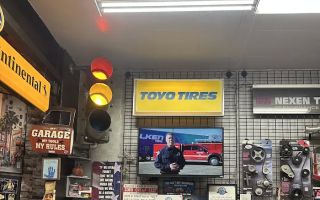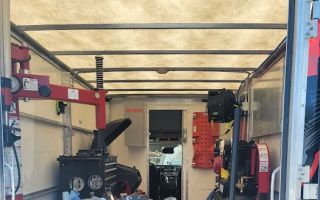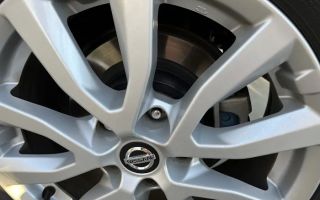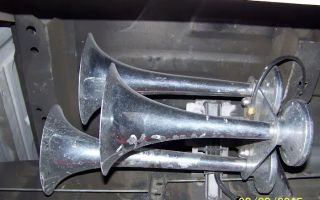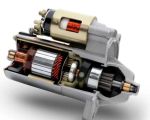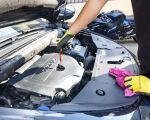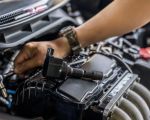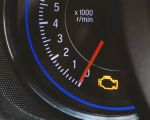- 1-What-Is-an-Oil-Leak
- 2-Common-Causes-of-Oil-Leaks
- 3-Signs-and-Symptoms-of-an-Oil-Leak
- 4-Risks-Associated-with-Ignoring-Oil-Leaks
- 5-How-to-Detect-an-Oil-Leak
- 6-Effective-Repair-Options-for-Oil-Leaks
- 7-Prevention-Tips-to-Avoid-Oil-Leaks
- 8-When-to-Contact-Professionals-for-Oil-Leak-Repair
1. What Is an Oil Leak
An oil leak occurs when engine oil escapes from its designated compartments, often due to damaged seals, gaskets, or worn components. This leakage can cause oil to drip onto engine parts or the ground, signaling a problem that requires prompt attention.
Oil is essential for lubricating engine parts, reducing friction, and preventing overheating. A leak not only wastes oil but can lead to serious engine damage if left unchecked.
2. Common Causes of Oil Leaks
Several factors contribute to oil leaks, including aging gaskets and seals, loose drain plugs, damaged oil pan, or cracked engine parts. Improper installation of components or oil overfilling can also result in leaks.
Wear and tear over time naturally degrade rubber seals, making older vehicles particularly prone to leaks. Additionally, accidents or road debris can damage oil system components.
3. Signs and Symptoms of an Oil Leak
Recognizing an oil leak early is crucial. Common signs include visible oil spots under your vehicle, a burning oil smell, low oil levels, or engine warning lights. You might also notice smoke from the engine area or unusual engine noises due to insufficient lubrication.
Regularly checking your vehicle’s oil level and observing any changes can help catch leaks before they cause major damage.
4. Risks Associated with Ignoring Oil Leaks
Ignoring an oil leak can have severe consequences. Low oil levels can cause engine parts to overheat and wear out prematurely. Prolonged leakage increases the risk of engine failure, costly repairs, and reduced vehicle lifespan.
Leaks can also pose environmental hazards, contaminating soil and water. Additionally, oil on hot engine parts presents fire risks, making timely repair vital.
5. How to Detect an Oil Leak
Detecting an oil leak involves a combination of visual inspection and monitoring vehicle performance. Look for fresh oil stains where you park, check the oil dipstick for declining levels, and inspect engine components for wetness or grime buildup.
Using UV dye additives can highlight leaks under blacklight, aiding precise identification. Regular maintenance visits to trusted mechanics help spot issues early.
6. Effective Repair Options for Oil Leaks
Repairing an oil leak depends on the cause and severity. Simple fixes include tightening loose bolts or replacing worn gaskets and seals. More extensive repairs might require oil pan replacement or fixing cracked engine parts.
Early repair reduces costs and prevents engine damage. Some temporary sealants may provide short-term relief but professional evaluation ensures lasting solutions.
7. Prevention Tips to Avoid Oil Leaks
Preventing oil leaks involves regular oil changes, using quality oil and filters, and routine inspections of seals and gaskets. Avoid overfilling oil and promptly address any mechanical issues.
Safe driving practices minimize impact damage, and professional servicing maintains engine integrity.
8. When to Contact Professionals for Oil Leak Repair
If you detect persistent leaks, drops in oil levels, or engine warning signs, contact professional mechanics immediately. Delaying repairs risks major engine failure and safety hazards.
For reliable service and emergency assistance, Rescue & Towing offers expert oil leak detection and repair services, helping you get back on the road safely and efficiently.



